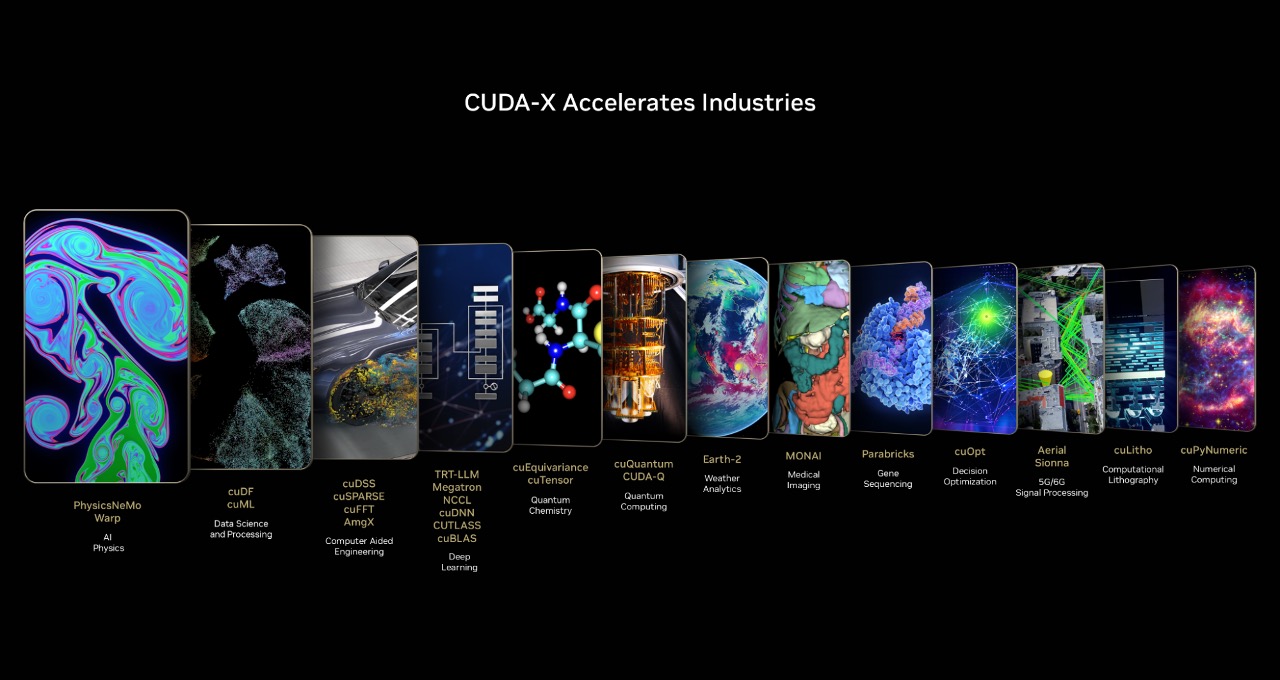Hidden Mars Mystery Unveiled: Curiosity Rover Unearths 3.5-Billion-Year-Old Secret
Science
2025-04-19 08:41:41Content

In a groundbreaking discovery, NASA's Curiosity rover has unveiled a geological treasure that could reshape our understanding of Mars' ancient climate. Scientists have detected siderite, a rare iron carbonate mineral, embedded within the sulfate-rich rocks of Gale Crater, effectively cracking a long-standing planetary mystery about Mars' elusive carbonates.
This remarkable finding provides unprecedented insights into the Red Planet's past atmospheric conditions. The presence of siderite suggests that Mars once had a dramatically different environment, potentially more hospitable and complex than previously imagined. Researchers are particularly excited because carbonate minerals are crucial indicators of past environmental conditions, often forming in the presence of liquid water and specific atmospheric compositions.
The discovery not only fills a significant gap in Martian geological research but also supports emerging theories about the planet's evolutionary history. By identifying these carbonate minerals, scientists can now piece together a more comprehensive narrative of Mars' climatic transformation over billions of years.
As Curiosity continues its exploratory mission, this breakthrough highlights the rover's incredible capacity to unravel the mysteries of our neighboring planet, bringing us one step closer to understanding the complex geological and atmospheric history of Mars.
Unveiling Mars' Geological Secrets: Curiosity Rover's Groundbreaking Carbonate Discovery
In the vast, mysterious landscape of Mars, NASA's Curiosity rover continues to unravel the planet's enigmatic geological history, pushing the boundaries of our understanding of extraterrestrial environments. Each discovery brings us closer to comprehending the complex narrative of planetary evolution, challenging our previous assumptions and opening new frontiers of scientific exploration.Unraveling the Mysteries of the Red Planet's Ancient Atmosphere
The Geological Puzzle of Martian Carbonates
The discovery of siderite within Gale Crater represents a monumental breakthrough in planetary science. For decades, researchers have grappled with the conspicuous absence of carbonate minerals on Mars, a puzzle that has tantalized geologists and planetary scientists alike. Siderite, an iron carbonate mineral, emerges as a critical piece of evidence that could potentially rewrite our understanding of Mars' climatic and atmospheric history. The presence of this mineral suggests a far more complex geological narrative than previously imagined. Unlike terrestrial carbonate formations, the Martian variant provides unprecedented insights into the planet's environmental conditions billions of years ago. Scientists now believe that these mineral deposits could serve as a geological time capsule, preserving critical information about Mars' potential habitability.Technological Marvel: Curiosity's Investigative Capabilities
NASA's Curiosity rover represents the pinnacle of robotic exploration technology. Equipped with sophisticated scientific instruments, the rover can analyze geological formations with unprecedented precision. Its ability to detect and analyze microscopic mineral structures allows researchers to reconstruct environmental conditions that existed millions of years ago. The rover's sophisticated spectroscopic tools enable detailed chemical analysis, revealing nuanced information about mineral composition. By examining the sulfate-rich rocks of Gale Crater, scientists can now trace the complex chemical interactions that occurred during Mars' formative periods, providing a window into the planet's geological evolution.Implications for Planetary Climate Research
The siderite discovery challenges existing models of Martian atmospheric development. Previous theories suggested a relatively simple climatic history, but this new evidence indicates a much more dynamic and potentially hospitable environment during the planet's early epochs. Researchers hypothesize that the formation of iron carbonate minerals requires specific environmental conditions, including the presence of liquid water and a carbon dioxide-rich atmosphere. This discovery suggests that Mars might have experienced periods of significant atmospheric density and potential liquid water circulation, fundamentally altering our perception of the planet's habitability.Interdisciplinary Scientific Significance
Beyond geological research, this discovery has profound implications for multiple scientific disciplines. Astrobiologists are particularly excited about the potential for understanding how chemical environments might support primitive life forms. The intricate mineral formations provide critical data points for assessing the planet's historical capacity to sustain biological processes. Comparative planetology also benefits from such detailed investigations. By understanding Mars' geological history, scientists can develop more sophisticated models for planetary formation and evolution, potentially applying these insights to exoplanet research and our comprehension of planetary systems beyond our solar system.Future Exploration and Research Directions
The siderite discovery opens numerous research avenues for future Mars missions. Subsequent explorations will likely focus on more detailed chemical analyses, potentially utilizing more advanced robotic technologies to extract deeper insights from Martian geological formations. International space agencies and research institutions are already developing mission proposals inspired by Curiosity's groundbreaking findings. The potential for understanding planetary evolution has never been more promising, with each discovery bringing humanity closer to comprehending our cosmic neighborhood's intricate dynamics.RELATED NEWS
Science

Shadows of Horror: The Chilling Mystery Behind Hamline's Notorious Campus Residence
2025-04-20 12:00:00
Science

Revealed: The Shocking UC Major That's Harder to Get Into Than Stanford's Elite Programs
2025-03-22 11:00:00
Science

From Campus to Capitol: How One Young Scientist is Charting a Bold Path in Policy Innovation
2025-02-21 16:31:12





